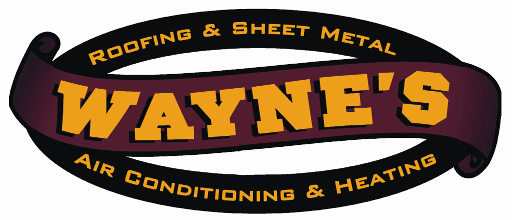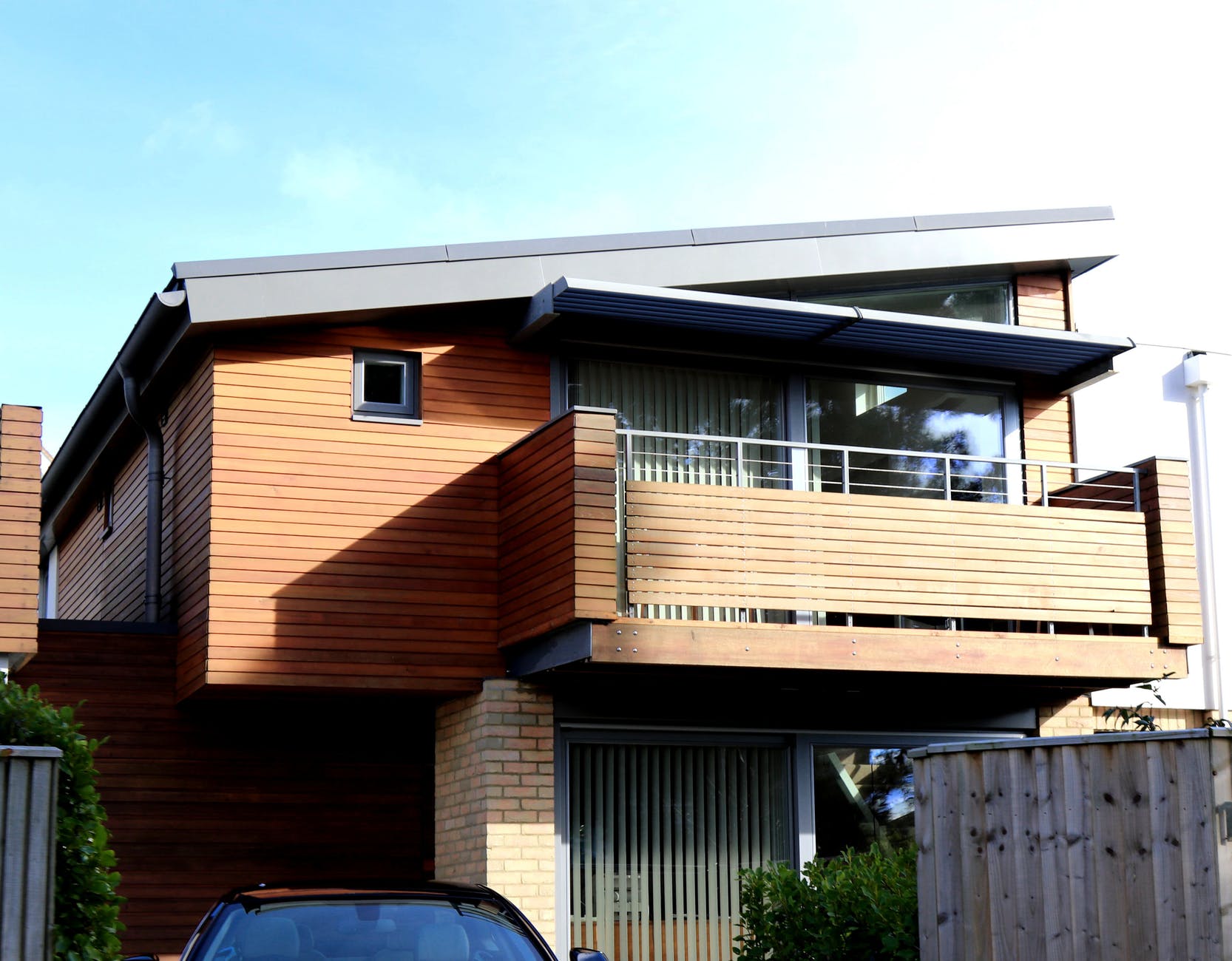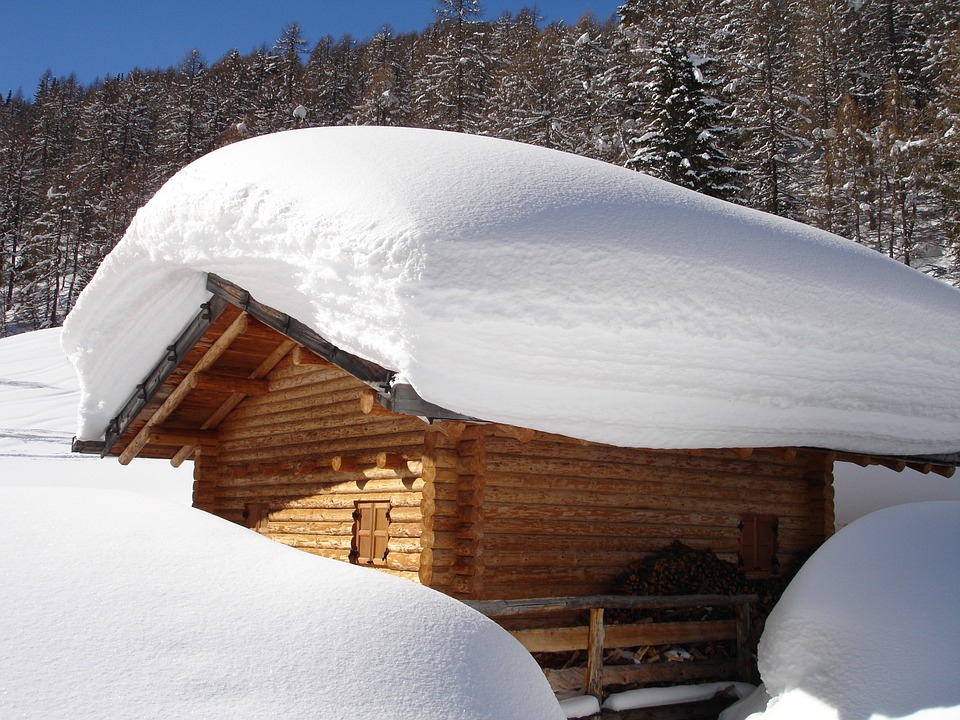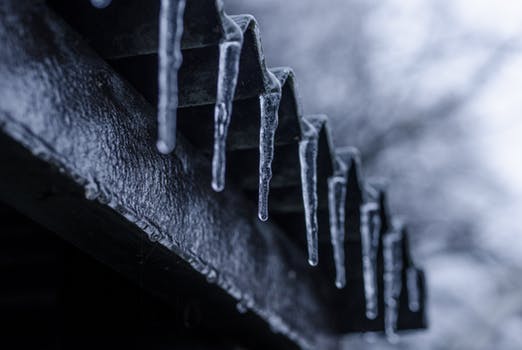The Best Materials of a Flat Roof
In the United States, there are still many buildings with a flat roof. The types of roof covering on these roofs are very diverse. On the older buildings, it is sometimes still mastic, but also bitumen and EPDM are common options. In this article, we will explain which type of roofing you can best choose for your flat roof.
For a flat roof, the above-mentioned type of mastic, bitumen, and EPDM are the most obvious types of roof covering. Mastic is no longer used today (its application is banned at the end of the 1970s), but it is still on many European roofs. The condition of these roofs is generally not good, to be honest.
This has everything to do with the limited lifespan of mastic, a material that due to its tarry nature is very sensitive to weather influences. It becomes liquid under the hot summer sun and brittle in the chilly cold. Do you still have a flat roof with mastic? Then we advise you to replace the roof covering in order to better protect the underlying roof construction.
Replacing the Flat Roof
Replacing mastic can be done with bitumen, a roof covering material that has been used very often in recent decades. That is not surprising because, for the flat roof, it offers many advantages in comparison with mastic. Disadvantages are there, however, and they are particularly related to ease of use and longevity.
Although the service life is much better than with roof tiles, it still ages relatively quickly compared to more modern alternatives. Replacing the roof covering is also a big job – a burner is needed for this, which entails the necessary time, costs and danger. Countless buildings have been burnt down in the past.
Lifetime of a Flat Roof with EPDM
The disadvantages of bitumen ensure that there is a need for a roof covering that not only excels with a long service life, but that can also be applied easily and without risk. The answer is EPDM, a versatile type of rubber that has virtually no disadvantages when used as a roof covering on a flat roof.
Buying EPDM Roofing
Buying EPDM roofing materials is easy to get nowadays online. You can easily submit the dimensions via the webshop and within a few days, you will receive customized EPDM roofing at home or at your company . Doubt about the possibilities and which one is best for you? Then contact our customer service to find a bespoke solution.
The Application of EPDM Roof Covering
Placing EPDM on a flat roof is a piece of cake. The material is, in fact, easy to bond with contact and soil adhesive that you can order together with the roof covering. The lifespan is also unrivaled – scientific research shows that a roof with EPDM lasts up to half a century.
Founded in 1954, Wayne’s Roofing & Sheet Metal‘s goal is to provide the highest quality products and professional workmanship in roofing. Find out our best-in-class roof maintenance service here.











